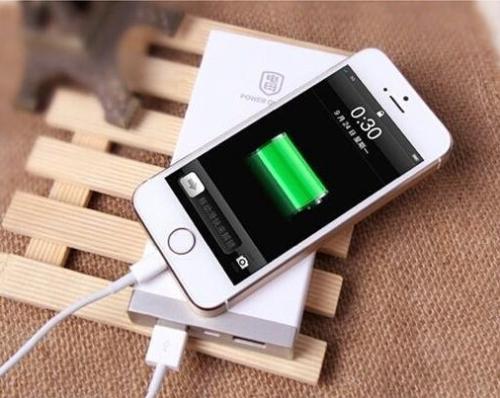Lithium-ion batteries, we are referred to as lithium batteries on weekdays. In daily life, lithium batteries are closely related to the use of mobile phones and laptops. At present, the use of lithium batteries has been very extensive, but people may not understand the common sense of lithium batteries. How long does the lithium-ion battery need to charge for the first time, and what is the correct charging method and discharge method for the lithium battery? What are the precautions for using lithium batteries? With these questions we look down.
At present, mobile phones and notebook computers use lithium-ion batteries, which are commonly referred to as lithium batteries. Currently, lithium-ion batteries used in mobile phones and the like, and true lithium batteries are not used in everyday electronic products because of their high risk.

Lithium-ion batteries have high energy density and high average output voltage. Self-discharge is small, less than 10% per month. There is no memory effect. The operating temperature range is -20 ° C ~ 60 ° C. Excellent cycle performance, fast charge and discharge, charging efficiency up to 100%, and high output power. long lasting. Without environmental pollution, it is called a green battery.
How long does the lithium-ion battery charge for the first time?
For laptop battery, mobile phone battery, camera, MP3\MP4\PSP lithium battery:
1. Whether it is a new battery or not, it can be pulled out and used. Generally, it will be full for 2-4 hours, and it will not be charged for 8 hours to 12 hours.
2. When there is a low battery power prompt, you should start charging as soon as possible;
3. The activation of the lithium battery does not require a special method and is activated before the battery is shipped from the factory. If you insist on using the "three previous 12-hour long charging activation methods", it will not have good results for battery.
Lithium battery charging method:
(1) Standard charging method: charging with a constant current of 0.2C5 until the battery terminal voltage is 4.20V, and changing to constant voltage charging, until the charging current <0.01C5 is regarded as full.
The standard charging method is often used for calibration of battery capacity, because charging is too slow and rarely used in daily use.
(2) Fast charging method: charging with 1C5 constant current until the battery terminal voltage is 4.20V, changing to constant current charging, to charging current <0.01C5.
Note on the fast charging method:
1 The initial charging current should not be too large, so as to avoid overheating of the battery, leakage and bursting.
2 When the battery terminal voltage reaches 4.20V, it must be switched to constant voltage immediately. The voltage requirement is high (error <0.5%).


